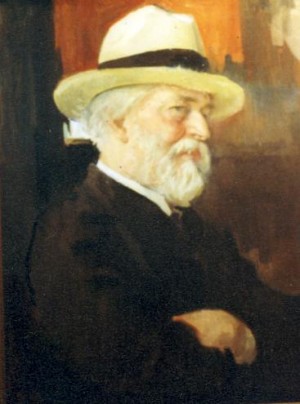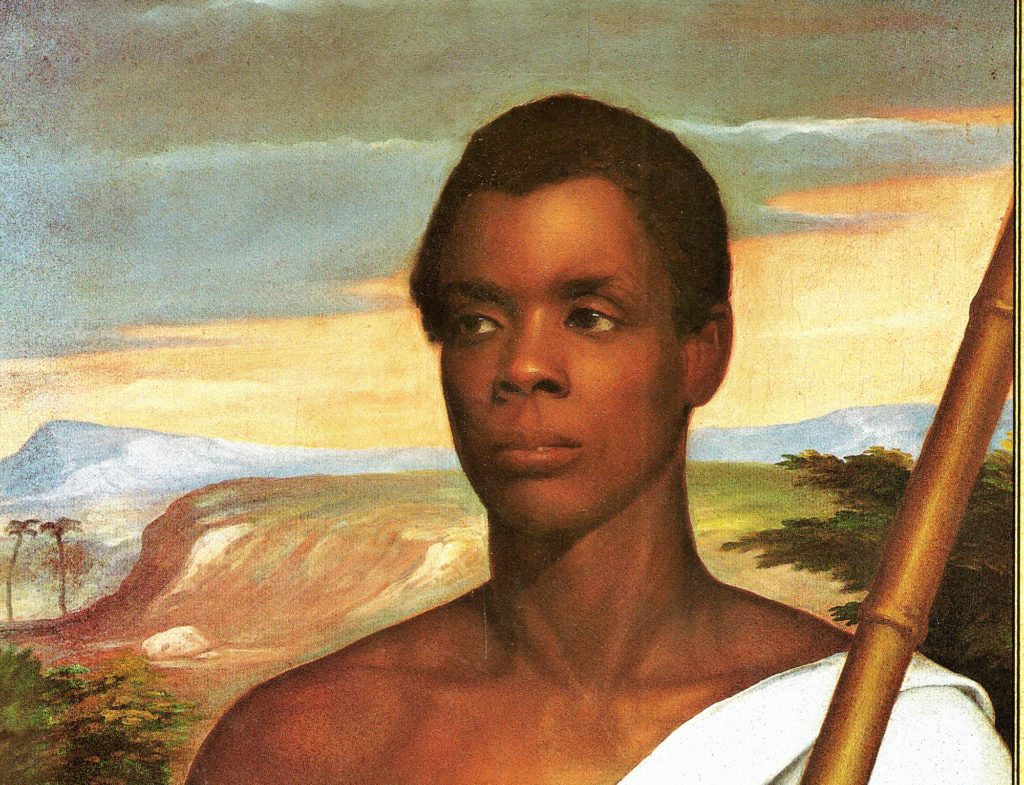
The creation of the Farmington Quilt was an extraordinary community project involving 120 volunteers who donated their time and talent over a two-year period. Three quilts were made; two were raffled to support the restoration of the Gridley-Parsons-Staples Homestead, and one (pictured above) was given to the town of Farmington and is on display at the Main Library.
The coordination and artistry of the Farmington Quilt was assured through the dedication and expertise of Ruth I. deGroff, quilt chairperson. The Farmington Bicentennial Quilt won first prize in the State of Connecticut Bicentennial Quilt Competition in June 1977.
The quilt is composed of scenes of Farmington past and present. The scenes include:
- Steeple of First Church of Christ, Congregational.
- Miss Porter’s School, Main Building.
- Children walking to school.
- Old Stone Schoolhouse.
- Old Red Stone Bridge.
- The Winchell Smith Gristmill on the Farmington River.
- “The Gundy” and Thomson House
- Sarah Porter, founder of Miss Porter’s School
- Diamond Glen Road
- Gridley-Parsons-Staples Homestead
- The Meadows
- Sheep grazing
- Canal boat on the Farmington River
- Plowed fields by the river
- Old Farmington High School in Unionville
- Children playing on the riverbank
- House in winter
- Farmington Stagecoach
- Victorian house in Unionville
- Farmington Canal Aqueduct
- Farmington Meeting House, 1771; First Church of Christ, Congregational
- John Thompson House, 1769
- Old Unionville Firehouse
- Rowing on the Farmington River
- Weathervane
- Sleighing
- “Memento Mori” Cemetery
- “Oldgate” — the Cowles homestead
- Main Street elms
- The Clock Shop
- Balloon over fields
- Red barn and cows
- Homestead
- Stanley Whitman House
- Cinque, leader of the freed Amistad captives
- Crows in the Meadows
- Pinnacle Orchard in the spring
- The Hill-Stead, 1901
- Skating in moonlight
- Pinnacle Orchard in the fall
- Farm scene
- The Village Store on Mill Lane
The quilt can be viewed at the Farmington Library: http://farmingtonlibraries.org/


